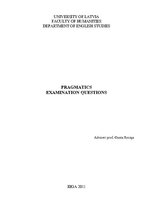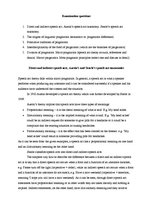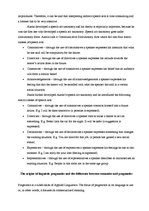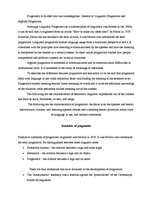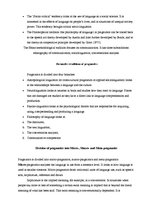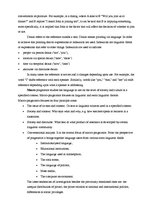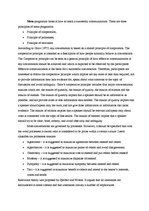-
Pragmatics Examination Questions
Direct and indirect speech acts, Austin’s and Searle’s speech act taxonomies
Speech act theory falls within micro pragmatics. In general, a speech act is what a speaker performs when producing any utterance and it can be considered successful if a speaker and his audience have understood the context and the situation.
In 1962 Austin developed a speech act theory which was further developed by Searle in 1969.
Austin’s theory implies that speech acts have three types of meanings:
Propositional meaning – it is the literal meaning of what is said. E.g. My head aches.
Illocutionary meaning – it is the implied meaning of what is said. E.g. ‘My head aches’ could be an indirect request for someone to give pills for a headache or it could be a complaint that the existing situation is causing headaches.
Perlocutionary meaning – it is the effect that has been created on the listener. e.g. ‘My head aches’ could result in someone providing pills for headaches.
As it can be seen from the given examples, a speech act has a propositional meaning on one hand and an illocutionary meaning on the other hand.…
These are notes for examination questions in pragmatics course (LU) with professor Rozina. It answers to these questions: 1. Direct and indirect speech act. Austin’s speech act taxonomy. Searle’s speech act taxonomy. 2. The origins of linguistic pragmatics (semantics vs. pragmatics). 3. Formative traditions of pragmatics. 4. Interdisciplinarity of the field of pragmatics (which are the branches of pragmatics). 5. Division of pragmatics. Micro pragmatics (speech act theory as such, references and deixis). Macro pragmatics. Meta-pragmatic principles (one is discussed in details).

